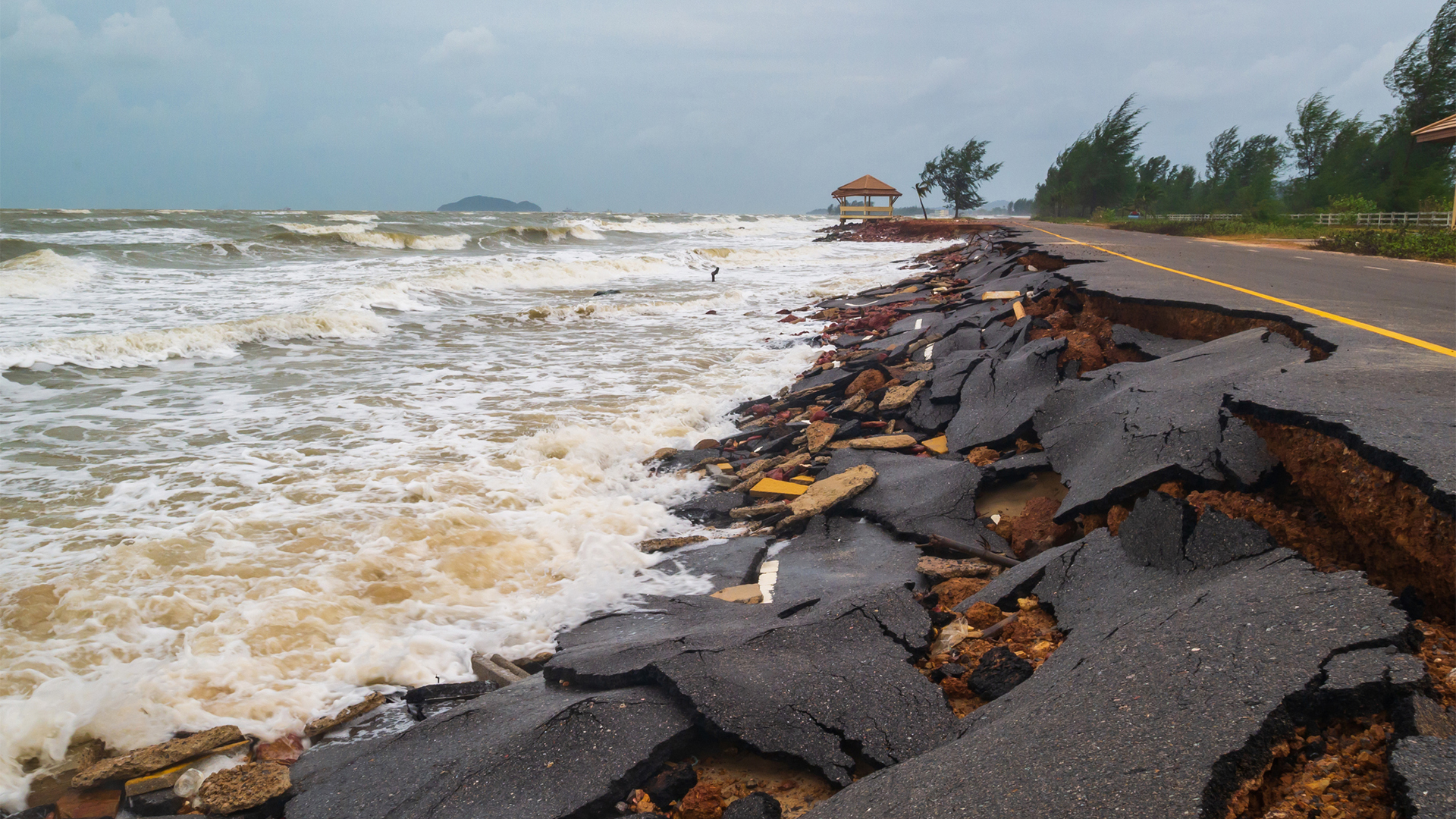Are The Rains A Disaster?
The balances of the world continue to change and deteriorate with the effects of human beings. The increase in average temperatures with global warming and the fires ignited by people unconsciously cause forest fires. As a result of forest fires, large areas burn, natural life dies and vegetation is destroyed. Although states and non-governmental organizations try to regenerate the destroyed vegetation, this takes many years. Unconscious tree cutting and urbanization also threaten vegetation and forests.
.jpg)
Well, if we ask what happened with the destruction of vegetation and forests, some of us will say that the houses of the birds have disappeared, and some of us will probably raise their voices because the bees can no longer make honey… but if only everything were that simple? We just want to talk to you about one thing, with the disappearance of vegetation and forests. Erosion!!!
Erosion is also known as soil erosion. When the soil is deprived of its protective cover, the soil is eroded by the effect of water and wind, and the soil is transported from one place to another. Erosion is one of the biggest reasons why floods and rain water cannot be prevented.
.jpg)
Of course, floods threaten cities, economies and even human life as well as threatening and damaging natural life. There is another important issue negatively affected by uncontrollable rain waters and floods; Rutgers research shows that rainwater can be a major source of plastic pollution. How?
Rutgers University scientists have determined in their research that rainwater can be an important source of plastics that affect oceans, bays, rivers and other waters. "Storm water, an under-studied way for microplastics to enter waterways, had similar or higher concentrations of plastics compared to effluent from wastewater treatment plants," said Nicole Fahrenfeld. The Rutgers team collected water samples during a relatively dry period in July 2018 and after heavy rain in April 2019. He also collected samples of wastewater, wastewater discharges and rainwater entering the treatment plants. The highest levels of microplastics, ranging from two percent of an inch to a tenth of an inch, were observed during summer low-flow conditions at the mouth of the Raritan River, according to the study published in the journal Chemosphere. Higher concentrations of smaller microplastics collected from the Atlantic Ocean off Raritan Bay and New Jersey likely came from the Hudson River, according to Fahrenfeld.
We urgently need to stop throwing plastic into nature. We must continue to recycle plastics. We should personally support recycling. Otherwise, rain and floods will continue to carry the plastic bottle wandering on the street to the rivers and then to the oceans, and will continue to carry it at full speed. There are many things to do to stop floods and control stormwater, and everyone already knows what to do. We should plant trees, protect our forests, not cut trees randomly, and not build concrete buildings on every land we find, as we please. In summary, we must respect nature, because nature has already begun to take revenge.



